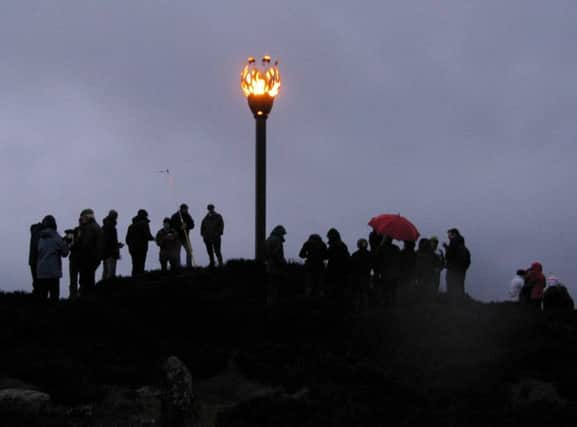Connections to Robert the Bruce dynasty revealed


The all-day de Brus Symposium takes place at Prior Pursglove College, Guisborough, on Saturday March 6.
The Whitby area is closely connected to the dynasty of Robert de Brus, who is recorded in 1094 as witnessing the granting of the church at Flamborough to the church leaders of Whitby.
Advertisement
Hide AdAdvertisement
Hide AdAnd Castleton is believed to be the first place where the de Brus family settled and enjoyed extensive hunting rights when they came to the north of England, says the event organisers. The manor of Danby was given by King Henry I to Robert de Brus I.
This remained as the baronial residence until the castle was built elsewhere in Danby.
The ruins of the medieval castle, which was the first recorded example of a domestic dwelling and castle combined, and is a former home of Catherine Parr, wife of Henry VIII.
The symposium organisers also record that Staithes has historical significance with the de Brus family.
Advertisement
Hide AdAdvertisement
Hide AdChristopher de Seton-Staithes was brother-in-law of the future King Robert the Bruce of Scotland.
The de Setons had held their lands in North Yorkshire for more than 200 years and were knights in the service of both the English and Scottish sides of the family.
In 1295 both Christopher de Seton and Robert the Bruce swore loyalty to King Edward I.
A de Brus website is produced by a group of volunteers and students from Prior Pursglove College to increase awareness of the family empire which ruled much of northern England and southern Scotland in medieval times and whose cenotaph is located in St Nicholas Parish Church, Guisborough.
To book a place, call Maggie Aitken on 01287 633700.